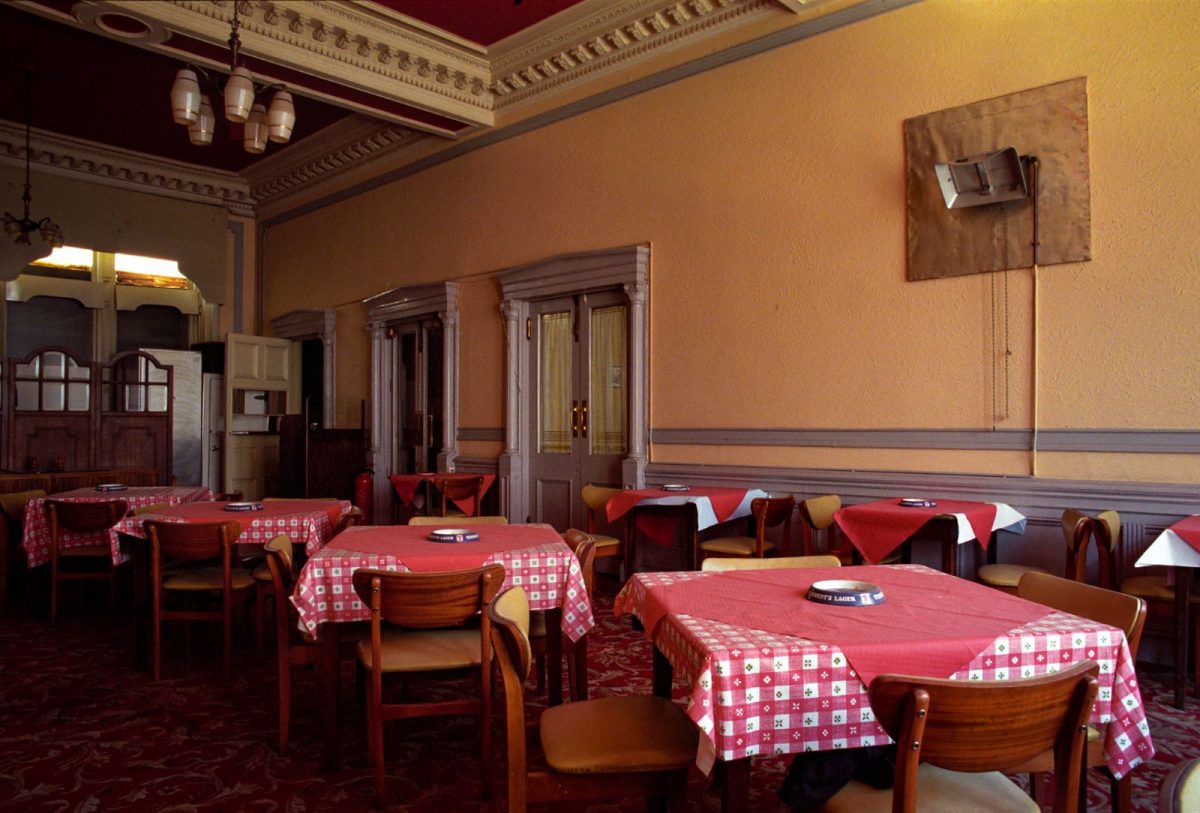
You may have never heard of the George Hotel, which once sat at the top of Buchanan Street in Glasgow like a ‘great carbuncle’, but you have probably seen parts of its interiors from films like Trainspotting (the circular room used as a backdrop for the drug scene with Keith Allen) or The Big Man starring Liam Neeson, or as various locations for low-rent bars and deathly rooms in episodes of Taggart.
Situated at Nos 235-245 Buchanan Street, the George Hotel was designed by architect Neil Cameron Duff in 1907. His design incorporated a remodelling of an earlier Victorian structure, a tenement called the Clelland Testimonial Building (1835-36) which stood on the site. Many of the Clelland’s original Victorian mouldings were incorporated into the hotel. Duff utilised Art Nouveau designs and stained glass windows (well loved by Edwardians) into his architectural plan.
The George was one of the first hotels in Glasgow to have electric lighting. In 1910 less than five percent of the households in Glasgow had electricity. The lighting caused many guests to complain about the brightness of the rooms and the glare caused by the light. This led to shades being used to diffuse the new-fangled electric lights.
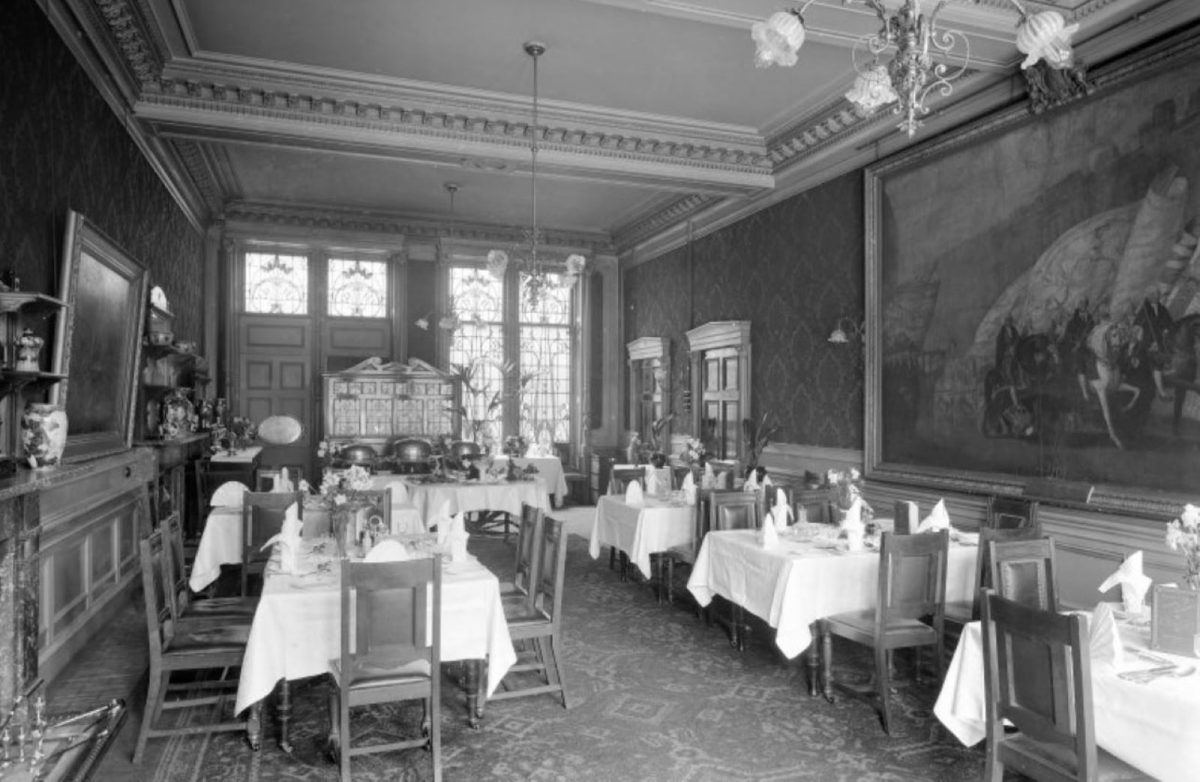
The George was titled “The Nearest” in telegrams as it claimed to be the nearest hotel to the railway station at Queen Street, and the nearest to the shops on Sauchiehall Street and Buchanan Street. It was originally a businessman’s hotel, which is a term open to many interpretations – from business reps to company directors to encyclopaedia salesmen. However, it became a favoured address for actors and performers (allegedly the likes of Dorothy Squires, Franke Vaughan, and even a young Cary Grant stayed there) and in the 1950’s some of Hollywood’s and television’s best-known stars.
The George had six bars, a dance floor, a billiard room, a smoking lounge, a restaurant, and had once employed over twenty kitchen staff.
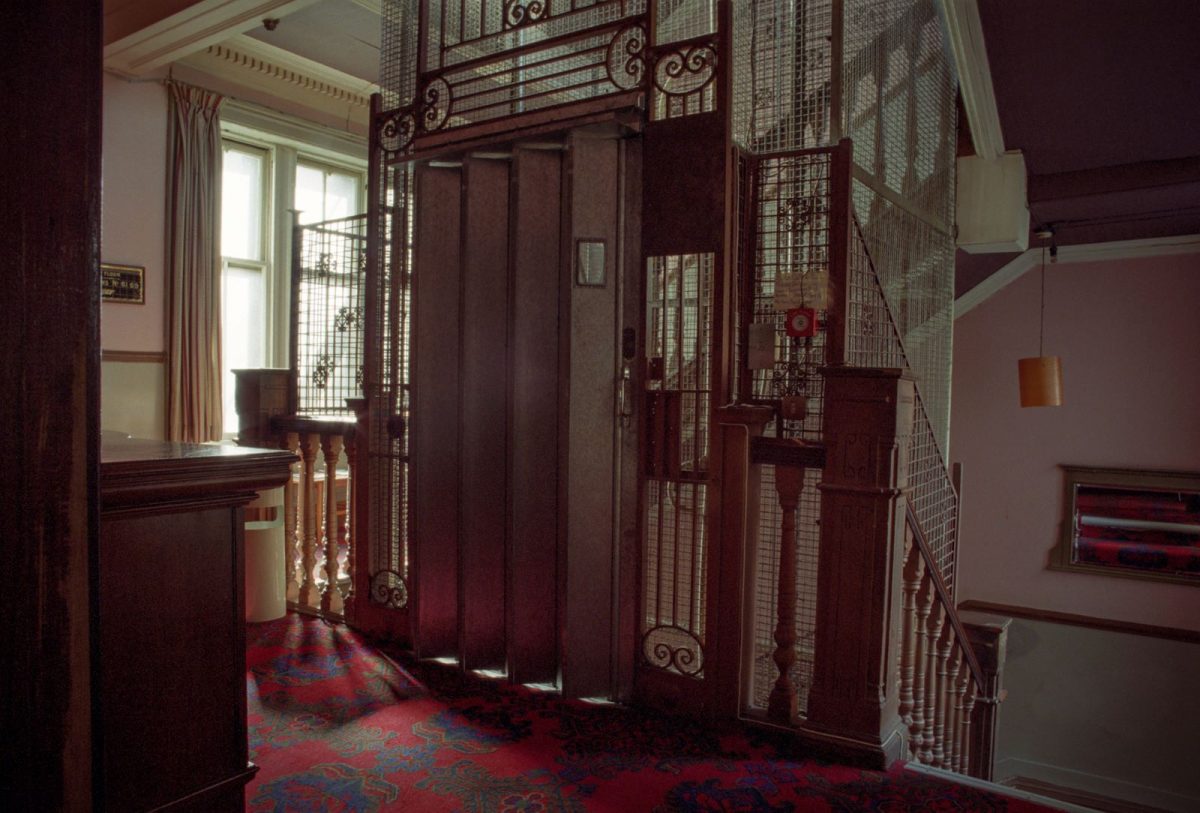
I first visited the George Hotel in 1990. I was there to use the circular room, later used in Trainspotting, as a vantage point to shoot exteriors of the newly built Concert Hall for a BBC film on this new venue’s opening. I became a guest from 1991 and lived there for long periods between 1995 and 1998. It literally became my home.
At that point, the owner was Mister Peter Fox. He said he had been a champion ballroom dancer. “I like a good tune,” he said to me during one of the Club night’s I hosted at the hotel. Mr. Fox was bird-like with translucent skin and brilliant blue eyes which seemed to read the soul. It was said (by his staff) Mr. Fox had made his money from scrap metal. He also once owned a coffee house on Queen Street called Lang’s which then became the Rock Garden from whence spawned the Bluebells, Orange Juice, and Simple Minds.
I stayed in different rooms. The George’s only regular guest. Rooms 52, 40, 42, 56, 57. Every room almost the same: bed, wardrobe, table, chair, wash-hand basin. A communal bath and a toilet were available on each landing. I remember the smell of the George. Fusty. Damp. A smell of cooking fat from the “chippie” on the corner. At night the sounds of the Underground grumbling ever onwards; the whistle of the buses pulling into stops; the punctuation of lonely high-heeled shoes on the pavement; the newspaper sellers calling Daily Record, Late Final, Evening Times; drunks arguing loudly; and in the morning, the shouts and drills of workers building what would become the Buchanan Street Centre.
Returning at night, the elderly receptionist with glasses and silvered hair saying in her sing-song Kelvinside accent that implied a polite over-familiarity but yet a damning and formidable judgement, “I changed your sheets, Mister Gallagher, they were awfy sweaty.” Or speaking in a loud voice as I walked up the warm-carpeted stairs, “Och, he’s an awfy nice man, so he is, but I don’t know why he has to drink so much.”
I was having fun. Having many adventures in the twinkling night and then returning hotel-ward to rest my head and collect the phone calls from work and lovers and ne’er-do-wells in the morning.
Sometime, during that last month of the dear old George Hotel’s existence, I helped photographer Michael Prince gain access to document the last days of the George before it was turned into yet another anonymous shopping outlet.
The George should have been Glasgow’s Chelsea Hotel. But alas, too many councillors considered this once beautiful and historic building “a carbuncle”. Therefore it was lost.
So much is life.
Mister Fox allegedly made £17 million on the sale. He opened a new hotel called Lang’s one street up, next to the Buchanan Street Bus Station.
I moved to another hotel.
These are some of Michael Prince‘s photographs of the George Hotel before everything was auctioned off and the developers installed a Virgin Megastore.
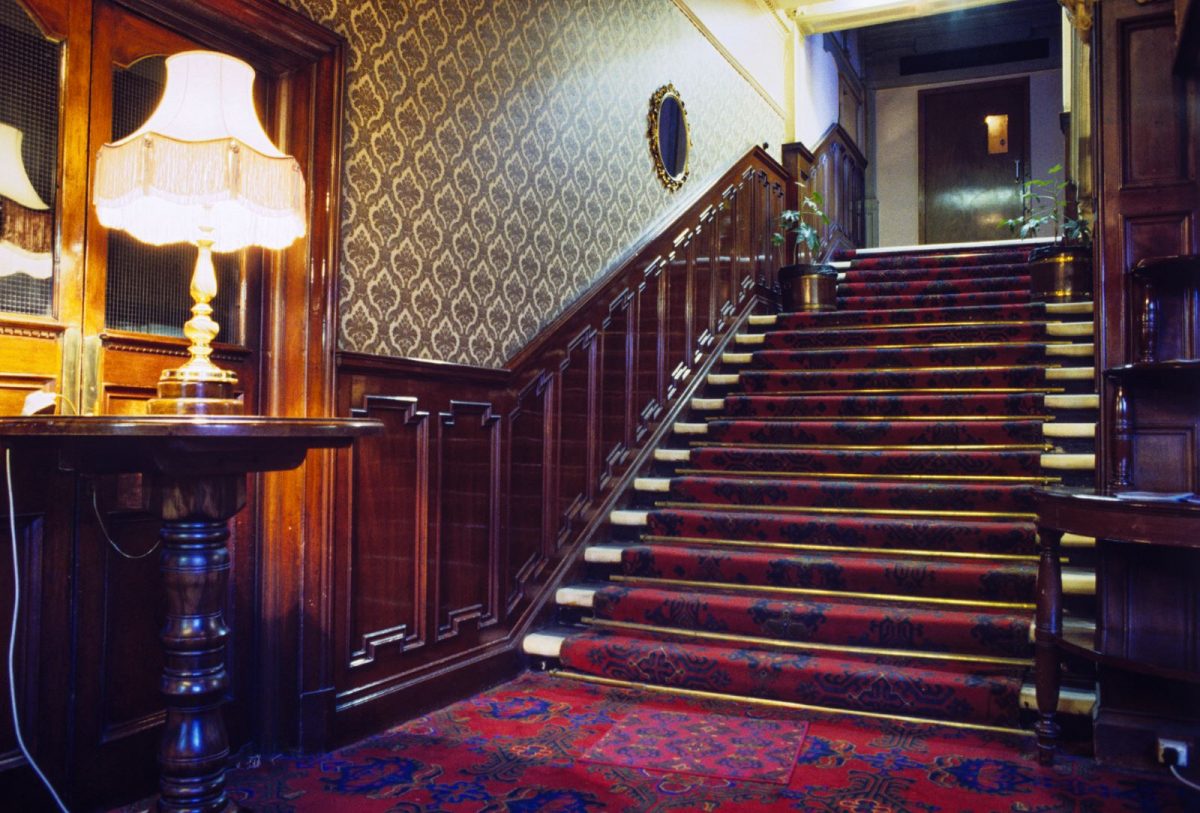

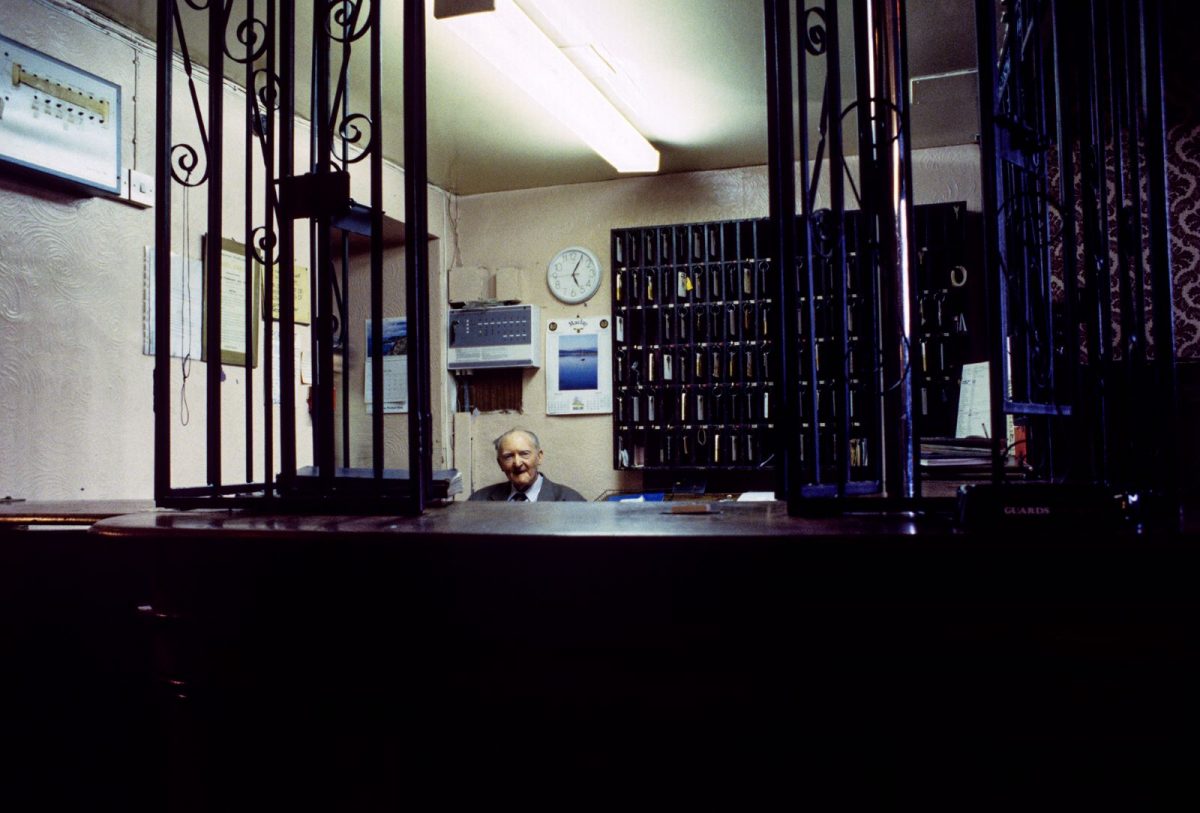
Mr. Peter Fox, former ballroom champion and owner of the George Hotel, 1998.
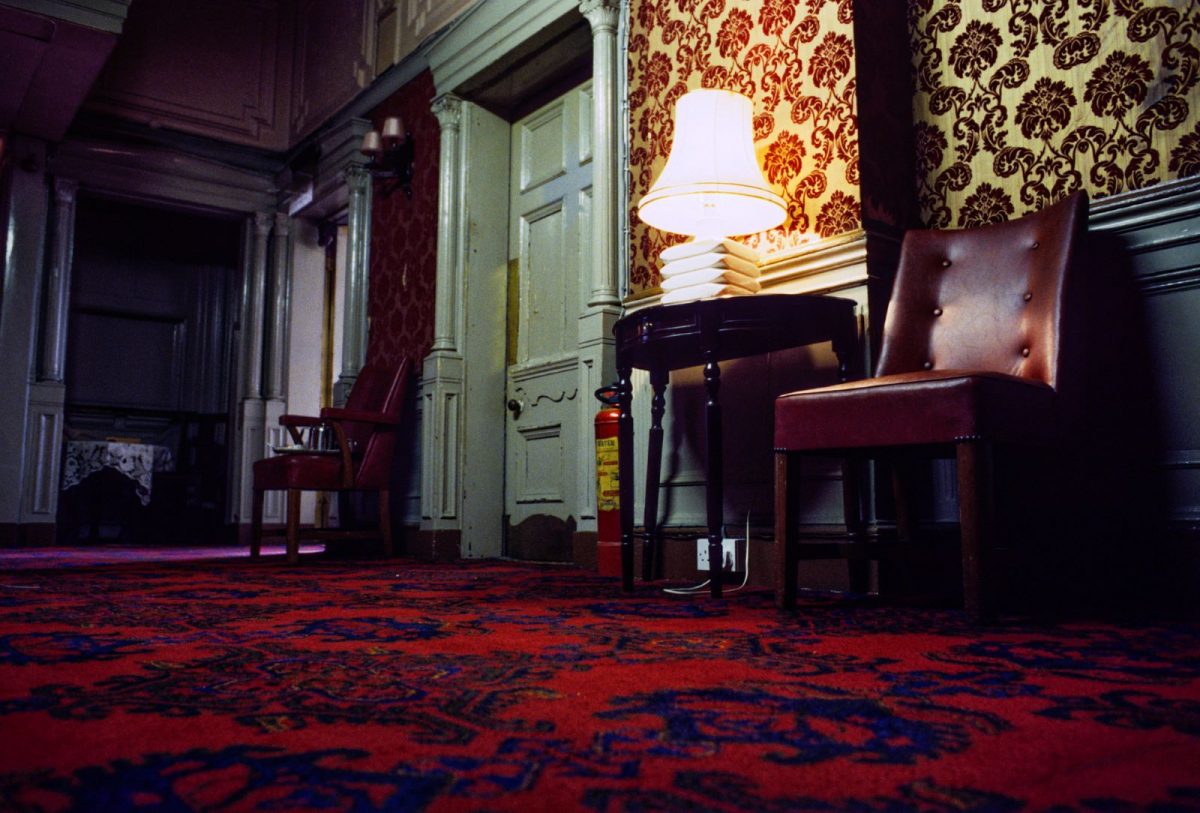
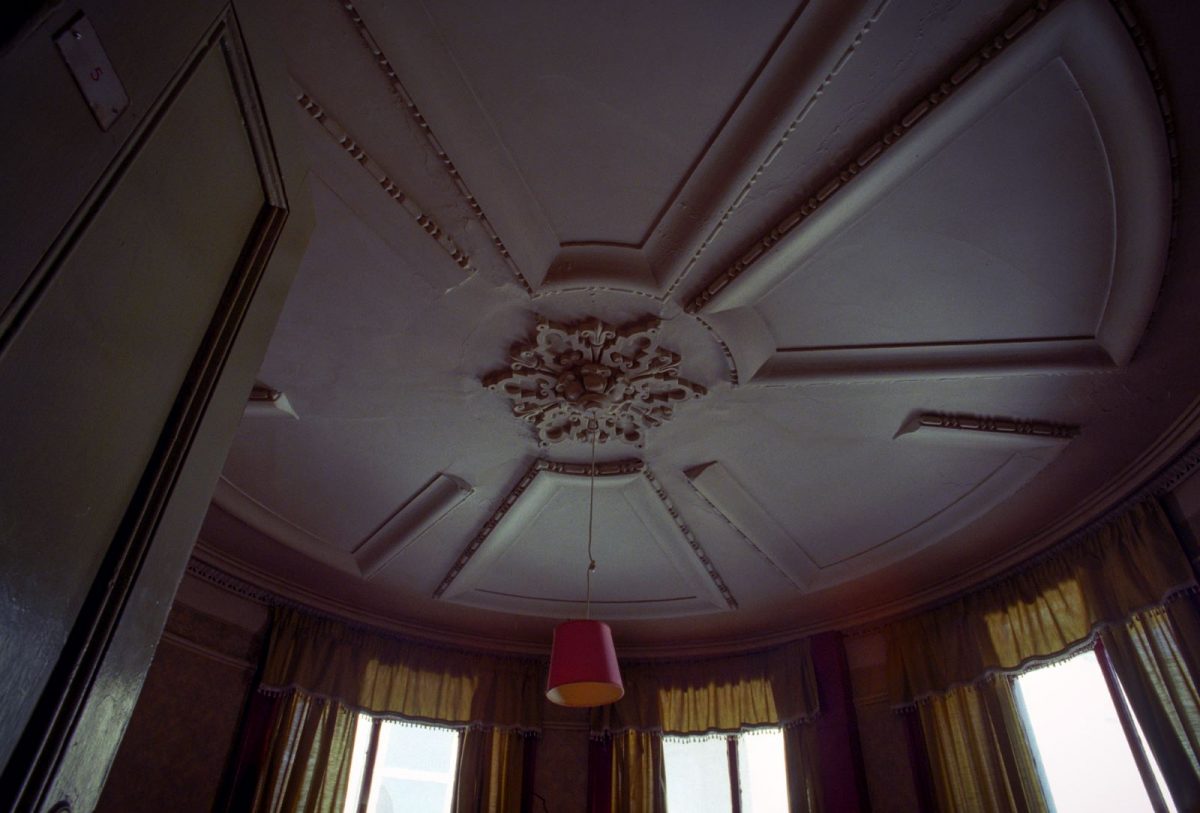
A circular room with curved doors. Used as the hotel room for the London drug deal in ‘Trainspotting’.
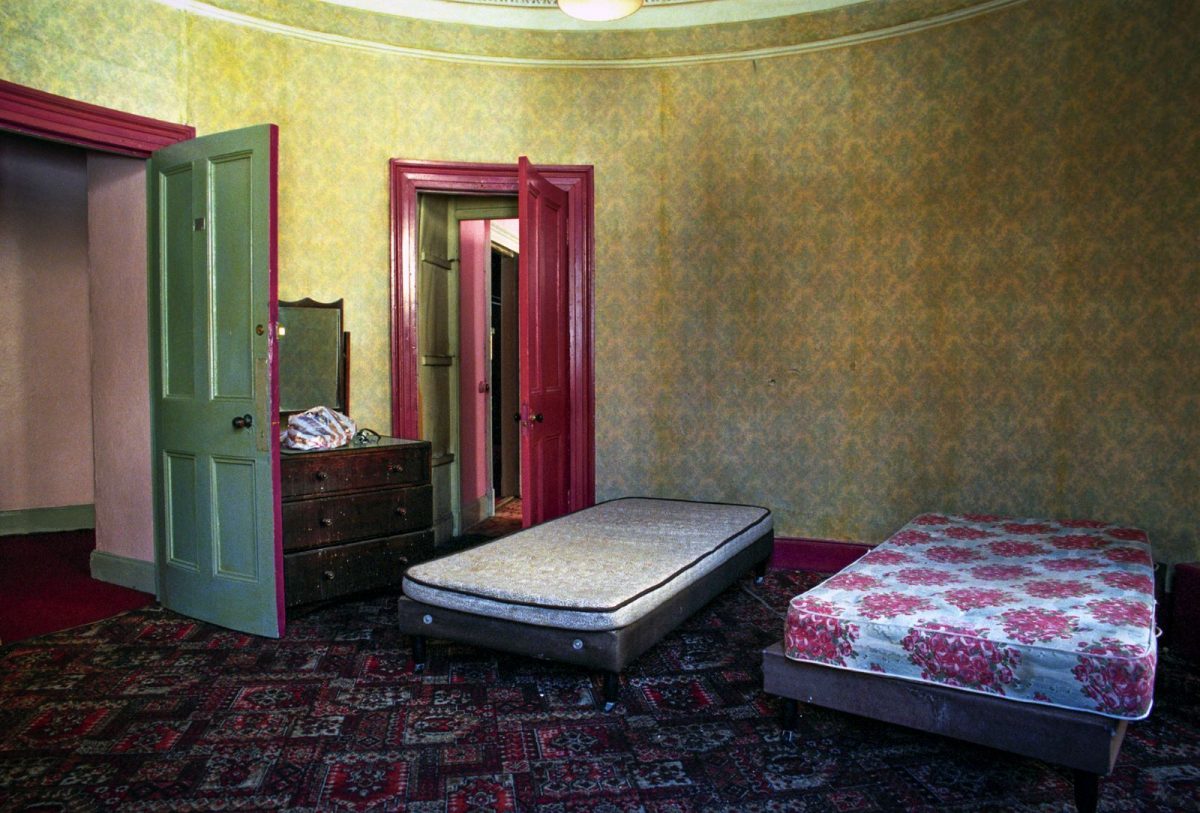
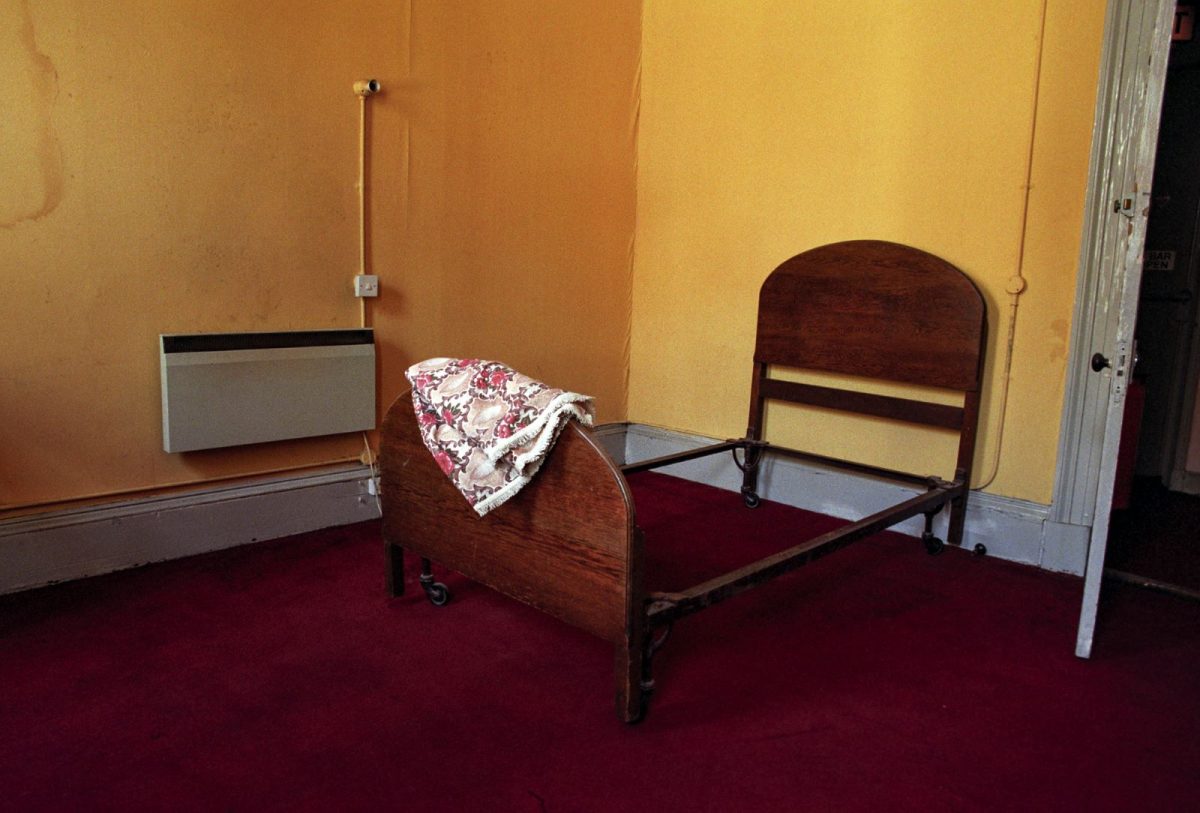
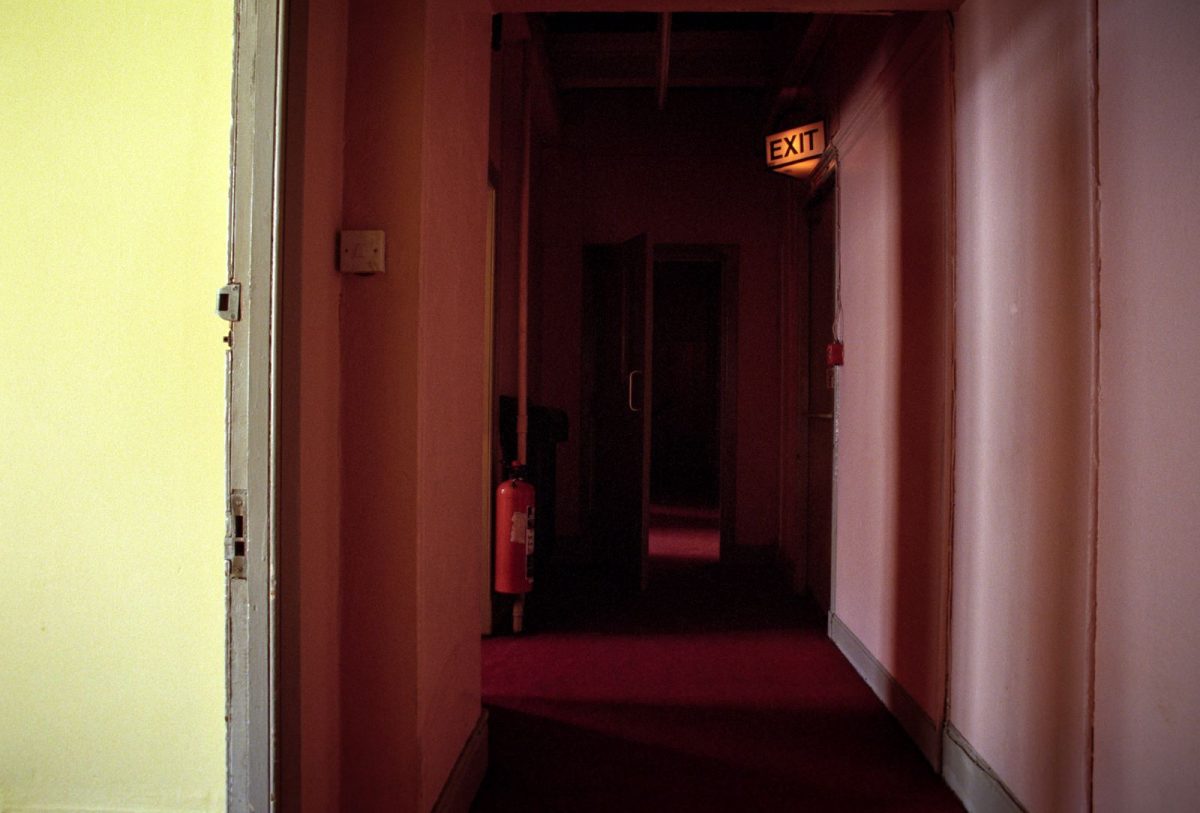
This section of the hotel on the second floor was supposedly haunted.
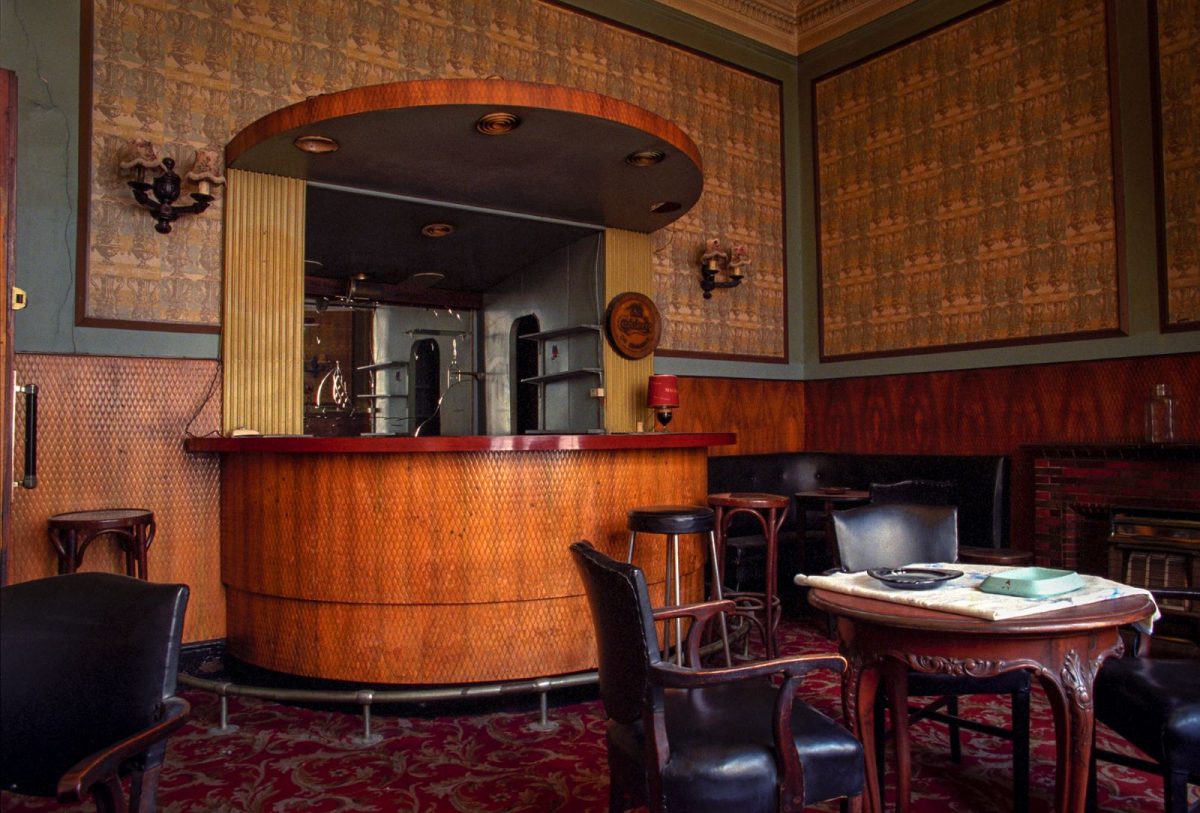
The Cocktail Lounge–one of the seven bars which operated on the premises.

Lounge bar with sprung dance-floor. Used as location in various films and TV series like ‘Taggart’.
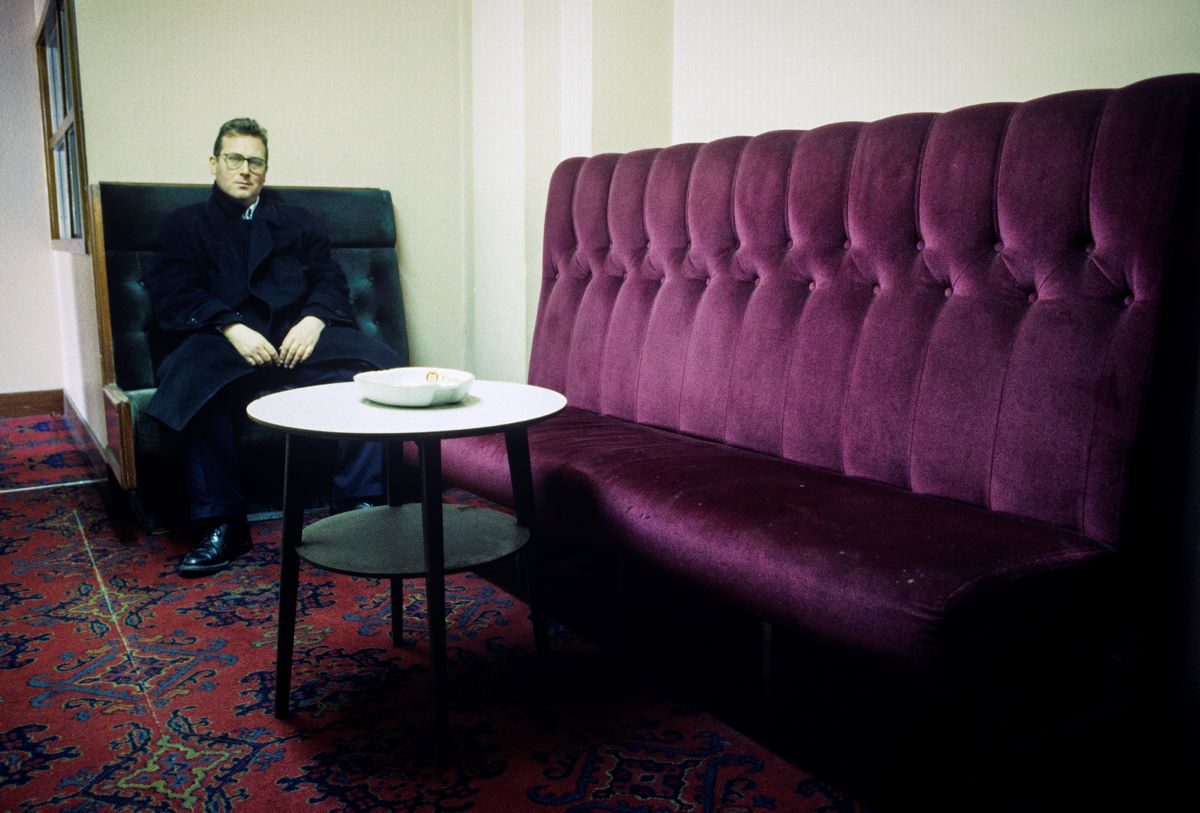
The writer when he lived at the George Hotel.
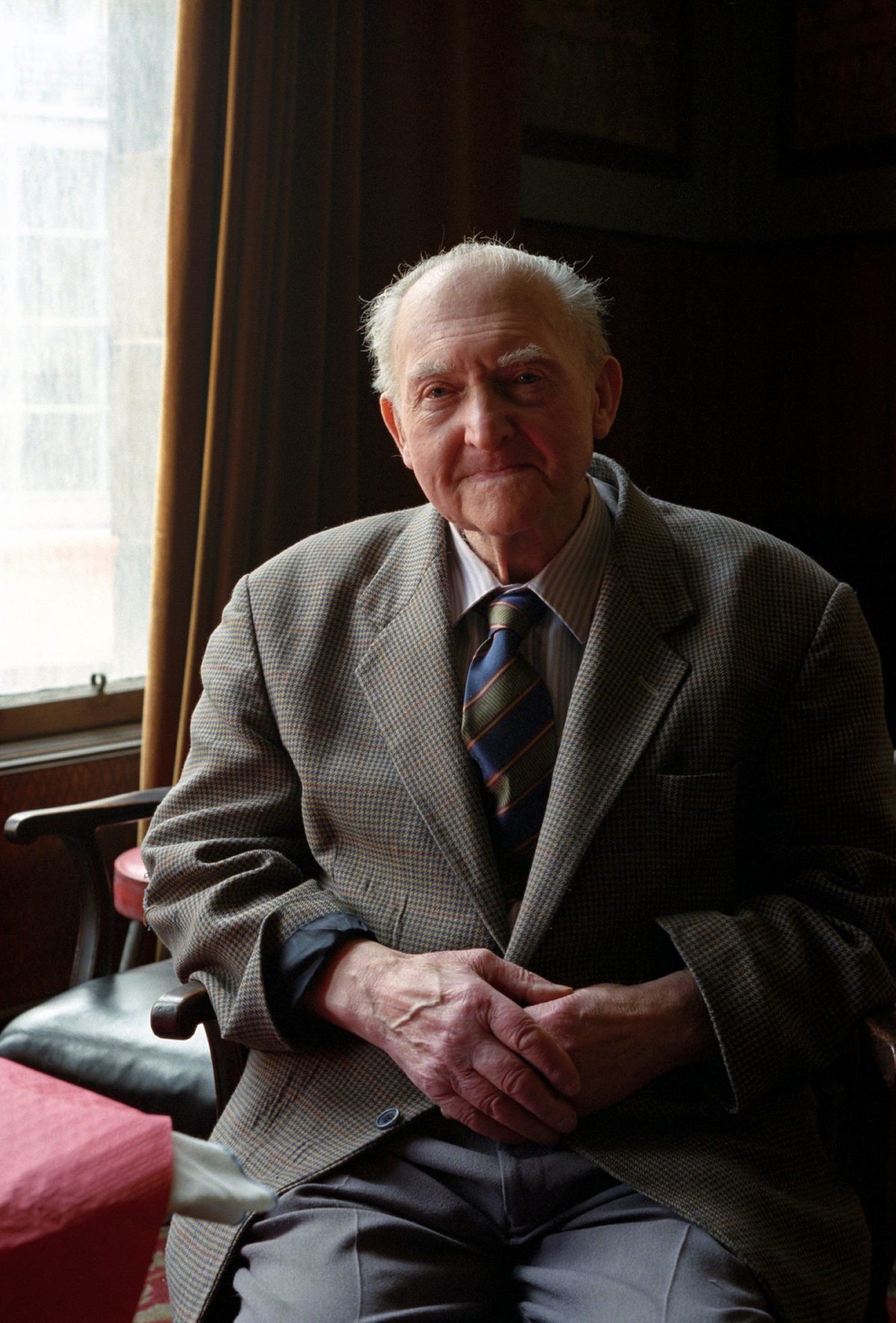
Mr. Peter Fox, hotelier and businessman.
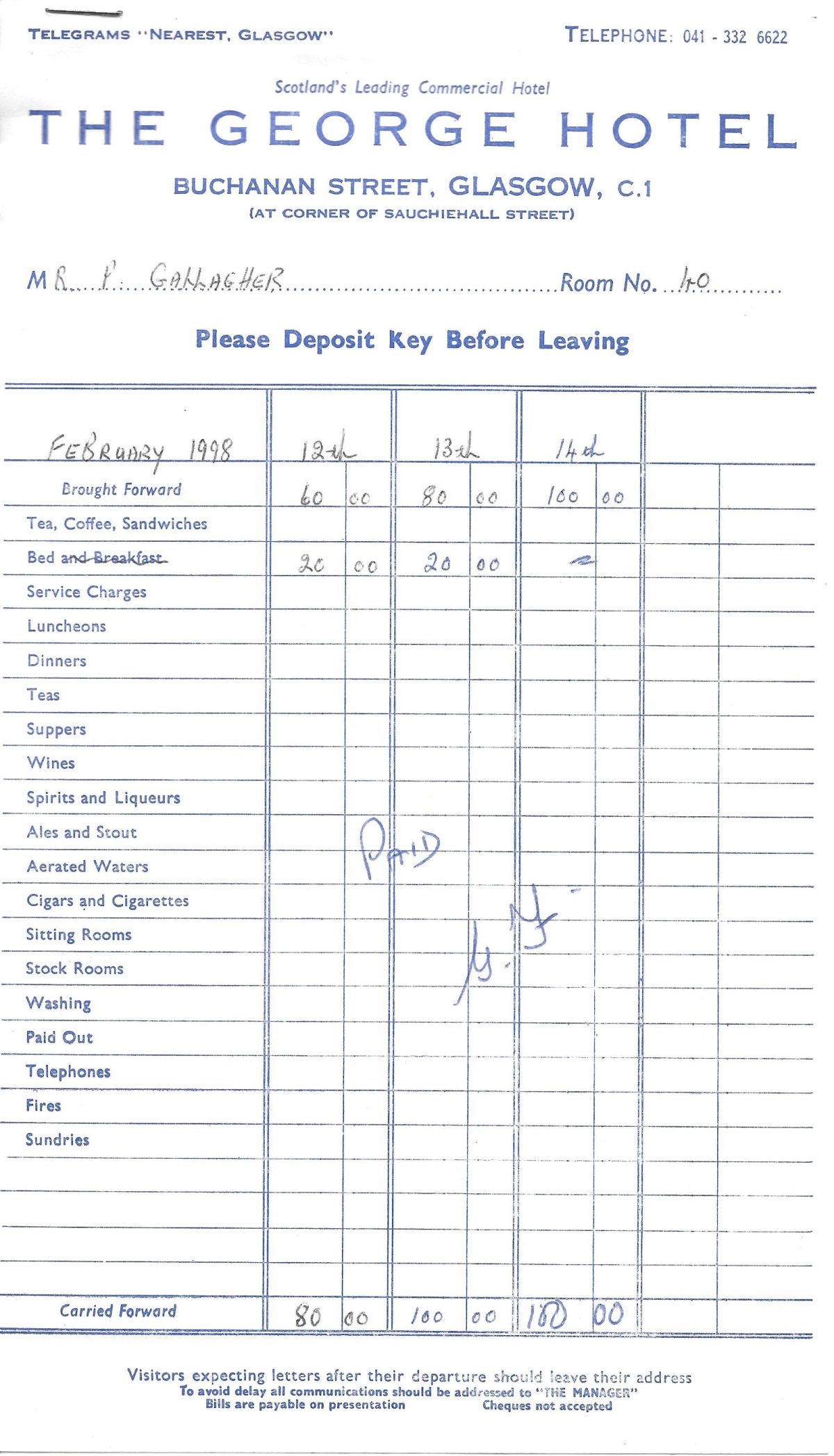
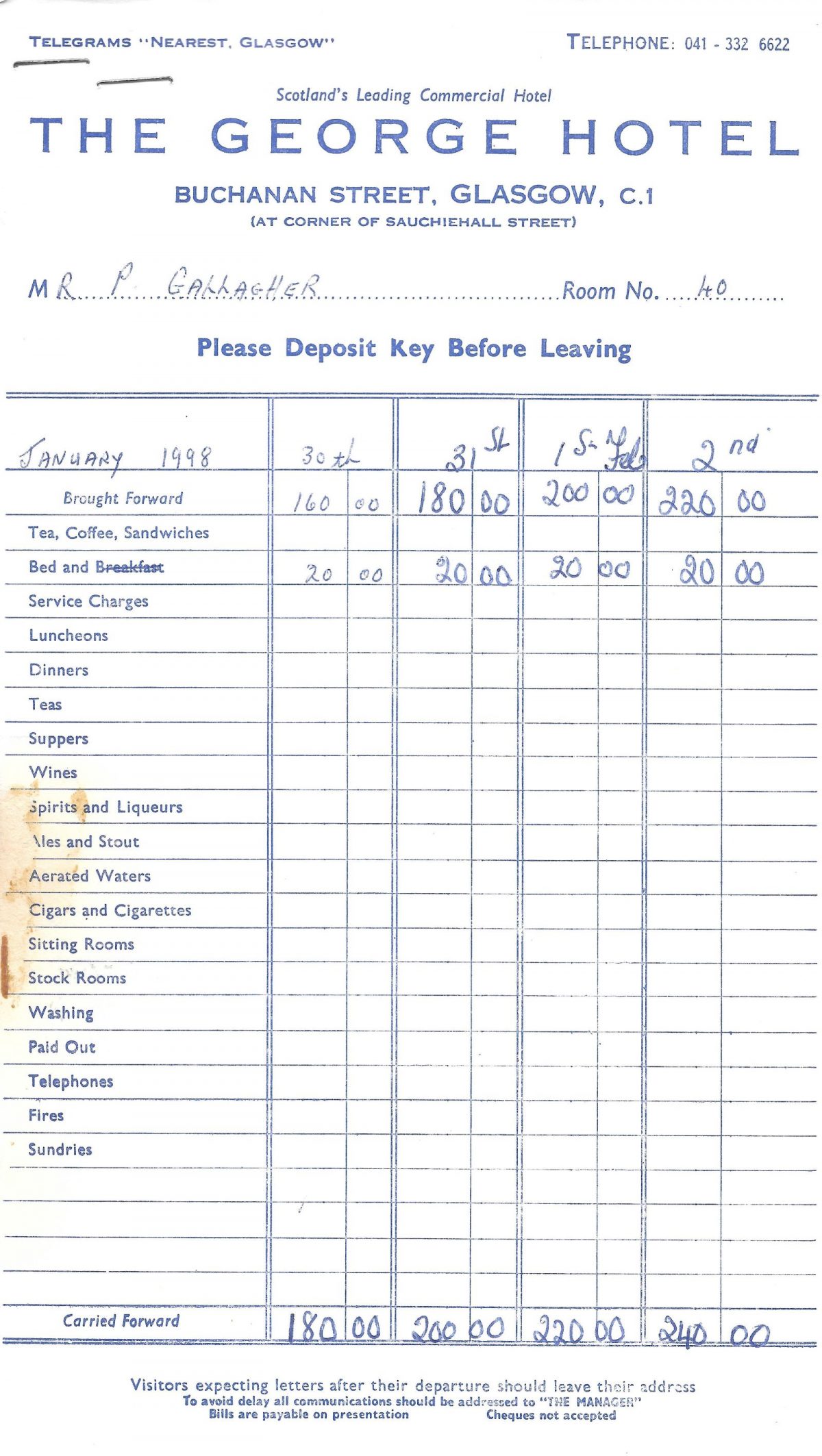
Michael Prince’s photographs are used by kind permission. His book ‘Good Night George’ is available here.
Would you like to support Flashbak?
Please consider making a donation to our site. We don't want to rely on ads to bring you the best of visual culture. You can also support us by signing up to our Mailing List. And you can also follow us on Facebook, Instagram and Twitter. For great art and culture delivered to your door, visit our shop.



